I was recently at a conference and spoke with a founder who seemingly did all the right things to grow his business.
He built a solid team, raised capital, and created a product.
Do you know what happened when he launched? Crickets.
The last thing a founder wants to hear when they launch their startup is nothing.
Many founders focus on things like raising capital and creating an awesome product.
Don’t get me wrong, these are both very important parts of growing a startup. But many startups neglect more important things — like how to sell.
For example, look at this study from CB Insights that analyzed 101 failed startups to discover the reason why they failed. 42% cited lack of a market need for their product.
If you’re selling online, you’re in for a lot of competition. Copywriting, or salesmanship in print, is the key to beating your competitors.
What your customers want
Founders, coders, and developers are usually technical people. They want to code, not sell.
Even if they are good with people in person and are persuasive, selling using the written word is a whole other ballgame.
When people are so close to their product, company, or solution, they get really locked into why their business is so awesome.
They go crazy talking about their product’s features, what went into building it, or even how much experience they have or where they went to school.
Your product may be awesome, but no one cares about your product. They care about their favorite radio station: WIIFM, or “What’s in it for me?”
The bottom line is you need to learn how to sell a good night’s sleep, not the mattress.
Reasons why bad copywriting can kill your startup
1. Bad copy destroys trust.
Would you trust a stranger on the street to look after your kids, pay back a loan, or take care of a sick grandparent? You probably wouldn’t. This is because they have to earn your trust first.
In real life, you earn trust by being kind, thoughtful, and building rapport with another person. I’m sure you’ve heard that people do business with those they know, like, and trust.
Online, the copy you use has a massive impact on developing a relationship and building trust with prospects.
Litmus does a good job in their onboarding email of getting in the reader’s shoes and dealing with some of the frustrations they may be experiencing when using a new software.
If your copy is stuffy, selfish, and focuses on the writer rather than the reader, prospects won’t trust you, pay attention to you, and ultimately, won’t buy from you. Lack of an audience, customer base, and sales are a death sentence for startups trying to grow.
To write copy that builds trust in your readers, you have to be the coolest person at the dinner party. Let me explain.
If you’ve ever met someone at a dinner party who constantly talks about themselves, uses big words just to sound intelligent, and isn’t interested in you at all, you know you probably wouldn’t stay in that conversation for long.
But the most popular person at the party is someone who speaks in a conversational manner, gets really engaged in what you have to say, and tells interesting stories.
A good example of this is TurboTax. They take a really boring subject (sorry, my accountant friends) and use copywriting to build a connection with the reader.
TurboTax steps into the reader’s shoes and empathizes with their pain point (they would rather not fill out tax forms) by being fun and conversational.
2. Bad copy doesn’t make people take action.
Copywriting has only one purpose. Do you know what that is? It’s to get the reader to take action. The purpose of a website is to generate leads or sales. You want to keep that in mind when writing your copy.
Every line of your copy should compel the reader to read further and further to the end and compel them to take that next step — whether that’s calling for a free consultation, placing an order, getting a quote, or signing up for your newsletter.
Bad copy is vague, ambiguous, and leaves the reader without clear instructions on where to go next. To make sure your readers do what you want them to do, you need a strong call to action.
Creating your call to action
Your call to action needs to be clear, specific, and concise.
Look at one of the CTAs for Quick Sprout. The site used two different CTAs to attract two different groups of people. The copy “I Want to….Grow My Traffic” is specific and uses the reader’s desire to compel them to click the button.
The CTA gets more specific by saying “Choose this if you’re a blogger, marketer, or startup founder.” This takes things to another level by making it clear who it’s meant for.
The copy on the right does the same with consultants who want to coach their clients.
Try using calls to action that resonate with your target audience and compel them to sign up for your list, contact you, or buy your product.
3. Bad copy doesn’t communicate your story
In 1986, the blockbuster movie “Top Gun” was released.
This movie about two Navy pilots who got the chance to train with the best pilots in the world at the “Top Gun” fighter pilot academy sold lots of movie tickets, but it also had some interesting, yet unexpected, effects.
After the movie came out, Navy recruitment skyrocketed. The movie did such a good job of selling the Navy that recruiters started setting up booths inside of movie theaters.
How can a movie about fictional characters have such a huge effect on making people take action? That is the power of story.
When someone trusts you or shows kindness to you, your brain produces oxytocin, a neurochemical that enhances our sense of empathy and motivates us to cooperate with others.
Character-driven stories produce oxytocin in the brain. This holds true in business as well.
Professor Paul Zak’s research shows that character-driven stories with emotional content cause listeners to understand a speaker’s key points better and allow them to recall these points better weeks after the presentation.
You know that you have to create an emotional connection with people to get them to take action. But how do you do it? An easy way to do this as a startup is to humanize your business.
As a startup founder, you can tell a personal story and walk people step by step through how you came upon a problem, solved it (ideally, using the product or service you’re selling), and have achieved the same goal that your target audience wants.
What you’re selling should make it easier for people to solve that same problem.
A great brand story
Look at eyewear retailer Warby Parker. The company’s website tells the story of one of the founders losing his glasses on a backpacking trip.
The cost of replacing the glasses was so high that he went through the first semester of grad school without a pair of glasses and was left complaining and squinting.
When the other founders had similar experiences, they were shocked that they couldn’t find a decent pair of frames that wouldn’t cost an arm and a leg.
They got curious and found that one company dominated the eyewear industry, controlling more than 80% of all major eyewear brands, which let them control prices.
So they designed their own glasses, went straight to customers, and were able to provide high-quality, great-looking prescription glasses at only a fraction of the price.
The founders also discovered that there are almost one billion people in the world who don’t have access to the eyewear they need. So the company partners with nonprofits to make sure that for every pair of glasses sold, one is sent to someone in need.
This story evokes an emotional response from customers and attracts people to the Warby Parker brand.
Telling your brand story
Great brand stories are simple, personable, and relatable to customers. Your customers don’t just buy a product or service. They buy part of your story.
Simple – Try breaking your brand story down into three steps: conflict, solution, and success. Describe the problem that you have encountered, describe how you solved it, and describe your mission.
Personable – Your brand story isn’t a sales pitch or a marketing ploy. It’s a chance for you to connect with your customers on a deep level. Speak in a conversational manner in your copywriting. Talk the way your audience talks, and be yourself in your writing.
Connection – Customers need to feel like you and your company are in the same tribe as they are. When your brand story aligns with your audience’s views and beliefs — they become customers
If you hit all these points, you create a compelling brand story that attracts customers to your startup like a magnet.
4. Bad copy doesn’t keep them reading
In his book Advertising Secrets of the Written Word, famous copywriter Joe Sugarman writes, “The sole purpose of the first sentence in an advertisement is to get you to read the second sentence of the copy.”
Your goal is to get the reader to the end of your copy and get them to take action. Mediocre copywriting isn’t engaging and doesn’t compel the reader to keep reading. Unfortunately, many marketers have trouble producing engaging content.
In the 2016 B2B Content Marketing Trends Report by the Content Marketing Institute and MarketingProfs, it was reported the #1 challenge marketers face is producing engaging content. 60% of those interviewed said that they struggle with it.
If your readers are taking you up on your call to action, you know that you have engaging copy. There are a lot of factors that go into getting readers to take action like great design, credibility, and a rock solid offer.
But, your writing plays a critical role. If you want to create more compelling copy right now, you can work on your readability.
Improve readability
Journalist Shane Snow used the Flesch-Kincaid index (a test that measures the reading level of text by analyzing the number of sentences, words, and syllables) to track the reading level associated with several best sellers.
What he found was that some of the world’s best authors wrote at a middle school (or lower) grade level, like Jane Austen (below 6th grade), F. Scott Fitzgerald (below 8th grade), and Ernest Hemingway (above 4th grade).
The statistics carry over to the web too. After looking at the readability of articles on several news sites, the most shared post was a BuzzFeed news article that was written at a 3rd-grade level.
This makes sense considering how many U.S. adults can’t read at an 8th-grade level.
Even if you consider your audience to have above-average intelligence, people still prefer copy that is easier to read.
Jakob Nielsen of the Nielsen Norman Group conducted a study where he had a pharmaceutical company’s website rewritten in favor of users at lower literacy levels.
Then he tested both versions of the website with readers who had higher literacy levels. Here are the results:
The success rate represents whether or not participants could perform the required tasks. Satisfaction measured how much the participants liked the website overall.
As you can see, both types of users had more success and satisfaction with the tasks, while completing them in less time when they accessed the lower reading level site. If you’re looking for an easy way to simplify your copy, try using Hemingway App.
This free tool makes your writing clear and concise. Simply copy and paste your writing into the app, and rewrite the highlighted text.
Hemingway App uses a color-coded system to show you where you can make your writing simpler by using the active voice, fewer adverbs, and simpler words, among other things.
You can also see the current reading level of your work by looking in the upper right-hand corner
Make it scannable
To make your copy more appealing to your audience, you must format it for readability. The first thing you have to understand is that people don’t read websites, they scan them.
Eye-tracking software has shown that users read websites in an F-shaped pattern, rather than reading pages thoroughly.
In a study conducted by the Nielsen Norman Group, researchers analyzed 1.5 million eye-tracking fixations from hundreds of websites and found that users don’t look at lots of information on webpages.
As you can see in one user’s gaze plot below, each dot indicates one fixation (when a user looked at something). The visitor to this website only read one paragraph fully and scanned the rest.
These findings were typical across the research sample. The researchers came to the conclusion that when people actually read a website, it’s because two usability goals have been met:
Well-structured pages – A clear navigation that lets users quickly jump to the page they need, as well as a clear heading and design elements that affirm that the users are in the right place.
Good page layout – A layout that lets users quickly get to the relevant part of the page, using subheads to summarize the info in each part of the body.
Avoid using long blocks of text in your copy. Use clear, compelling headings and subheadings. Break up your content into 3- or 4-line paragraphs.
Use numbers and bullets to break up lists of information. Formatting your content to make your copy easier on the eyes will do wonders for readability.
5. Bad copy doesn’t focus on the reader
One of the biggest mistakes that people make when writing copy is not focusing on the reader. The approach that most startups take is to talk about how great they are, how experienced their team is, and how their product is the best in the market.
If you write this way on your website, all you’re going to get is a high bounce rate. One of the first rules to writing great copy is to know your audience.
A study conducted by Cintell found that high-performing companies used qualitative research to craft their buyer personas.
The study also found that 70% of companies that didn’t hit their revenue goals failed to conduct qualitative research on their buyer personas, while 82% of companies that exceeded their revenue goals did conduct qualitative research.
As you can see, there is a strong correlation between qualitative research and the effectiveness of buyer personas.
To really bond with your audience, though, you need to go a level deeper than writing for a persona.
You need to write for one particular person — your ideal customer — and appeal to their hopes, dreams, and fears. Align your copy with the conversation that’s already going on in your prospect’s head.
Writing for a person instead of a demographic (or yourself) allows you write on a deeper level and connect emotionally with the reader. Here are some ways that you can write for one person:
Talk to your customers – Talk to your current customers and find out why they use your product. What’s going on in their lives? How does your product help them? What are they scared of or happy about right now?
Spend time where your prospects hang out – Where do your prospects hang out online? Where do they spend time out in the world? Go where your prospects are, talk to them, and figure out why they aren’t using your product.
Speak their language – Your customers and prospects will have a unique way of speaking. Every tribe has their own language. Once you get into the habit of talking to your ideal customer, you’ll learn how to communicate with them on their level.
When a prospect recognizes that you are part of their inner circle, you’ll instantly gain credibility and build trust with them.
As you can tell, the best way to write for your audience is to focus on writing for one person and to go out and speak with them whether online or in real life. Don’t hide from your ideal customer.
Go out and meet them where they are. This will put you head and shoulders above your competition.
Conclusion
Now that you know how mediocre copywriting can kill your startup, here are a few ways that you can start writing better copy today.
Use AIDA – AIDA is the gold standard for writing great copy. This old copywriting formula has stood the test of time for one reason: It works. AIDA stands for Attention, Interest, Desire, and Action.
You can use this to write any sort of sales copy, and it applies to writing a webpage with the intent of getting conversions.
- Attention – Your first job is to grab the reader’s attention. This is done with an attention-grabbing headline. You have to focus on getting their attention as quickly as possible. Headlines that spark curiosity and highlight benefits work well here.
- Interest – Once you’ve gotten their attention, you need to hold their interest by giving them information that appeals to them and keeps them reading. What you’re telling them should be based on what your offer is.
- Desire – Once you’ve gotten their attention and their interest in what you have to say, you need to build desire and get them to want your product or offer.You can accomplish this by showing them how great their life would be if they used your product or how much pain they will experience if they don’t.
- Action – The last thing you’ll want to do is get them to take action. This is where you insert your call to action and compel the reader to do what you want them to do, preferably immediately.
One of the most famous sales letters ever written using AIDA was published by The Wall Street Journal.
The “Tale of Two Young Men” sales letter sold $2 billion worth of subscriptions from 1975-2003.
Resources
If you need more resources for writing great copy, you’ll find these websites helpful:
Copyblogger – Copyblogger is one of the premier resources on the web for learning how to write great content. Founder Brian Clark has been building businesses from the ground up using content marketing since 1998.
You’ll get a lot of great, granular copywriting advice from this blog.
Kissmetrics blog – Okay, okay, I know I’m a little biased with this one, but Kissmetrics has a wealth of great copywriting advice from the angle of improving conversions.
You’ll get a lot of great advice here on copywriting for the web and driving users to take action online.
The Gary Halbert Letter – Regarded as one of the greatest copywriters of all time, Gary Halbert is responsible for writing sales letters for some of the most famous direct marketing campaigns.
The Gary Halbert Letter is a website full of Gary’s old newsletter issues where he teaches invaluable copywriting lessons. If you need a place to start, begin reading The Boron Letters. This will give you a solid copywriting foundation.
Swiped.co – Great copywriters have great swipe files. A swipe file is a collection of great pieces of copy that copywriters use for inspiration.
Swiped.co not only has an expansive library of great swipe copy, but it also serves as a community for business owners, copywriters, and marketers to break down the strategy and psychology behind great sales letters and marketing writing.
If you’re looking to take your copy to the next level, Swiped.co is a resource that will help
you get there.
Copy Hackers – Run by Joanna Wiebe and Lance Jones, Copy Hackers is a great resource for learning to write better copy for improving website and email conversion rates.
The great thing about this website is that it’s positioned to help startups specifically, so if you’re a founder or trying to improve conversions for your startup with copywriting, you’re in the right place.
Writing great copy is a skill that can catapult your startups to new heights. It takes professional copywriters years to master their craft, but by using the information above, you can rapidly improve your copy and grow your startup.
What things are you doing to get better at copywriting?

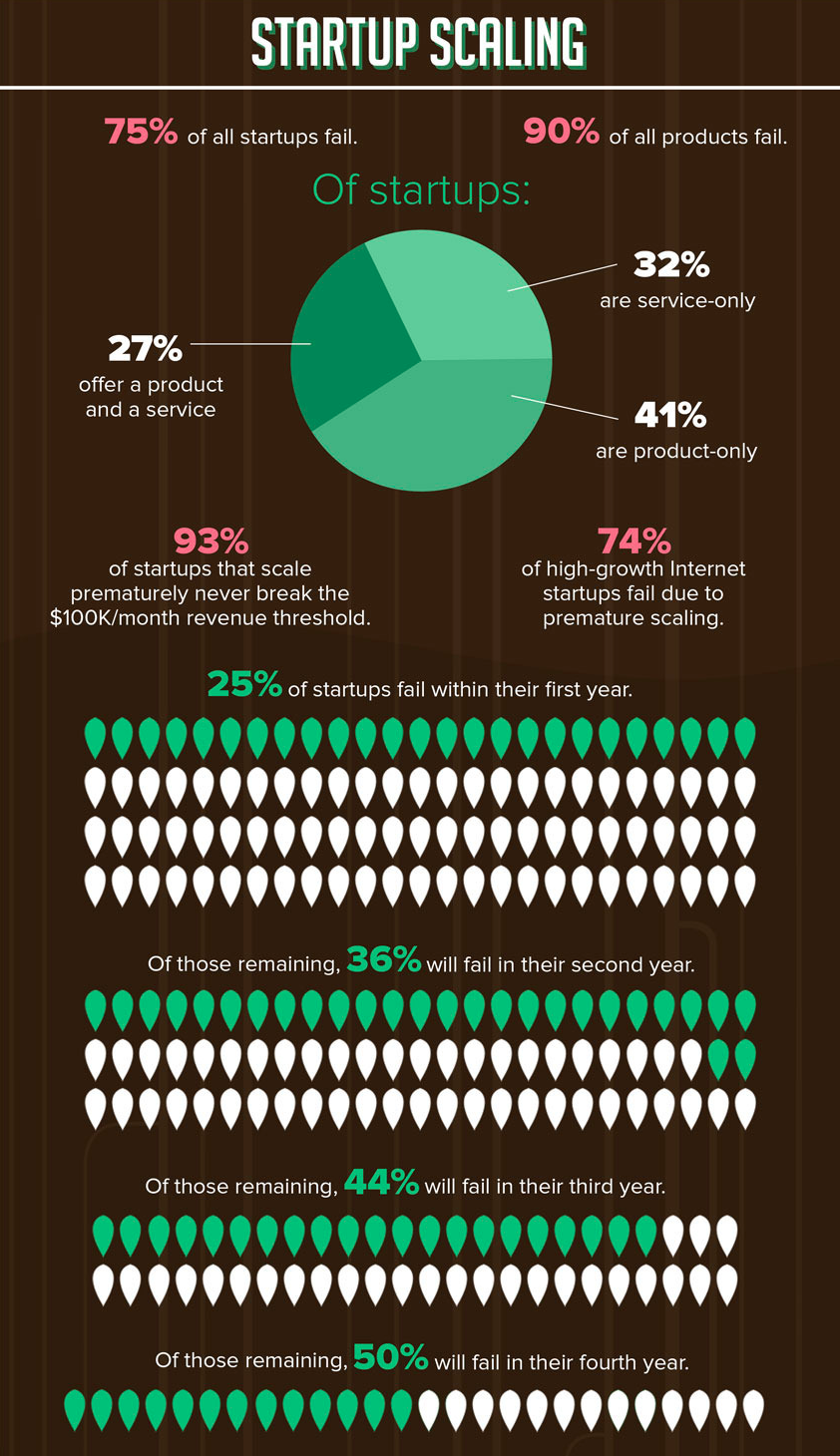
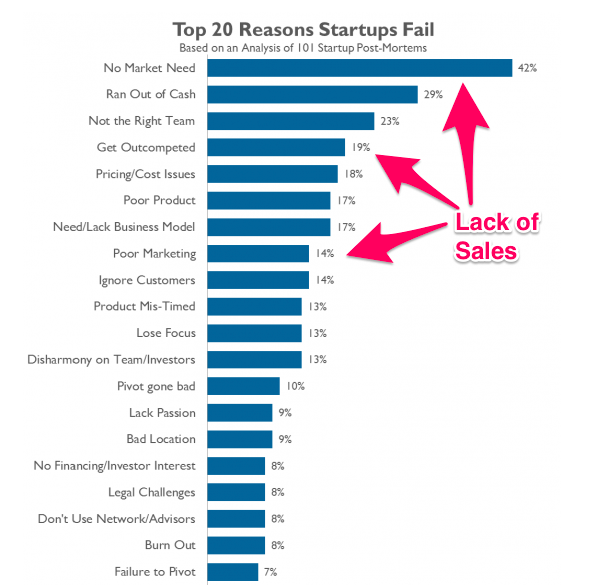
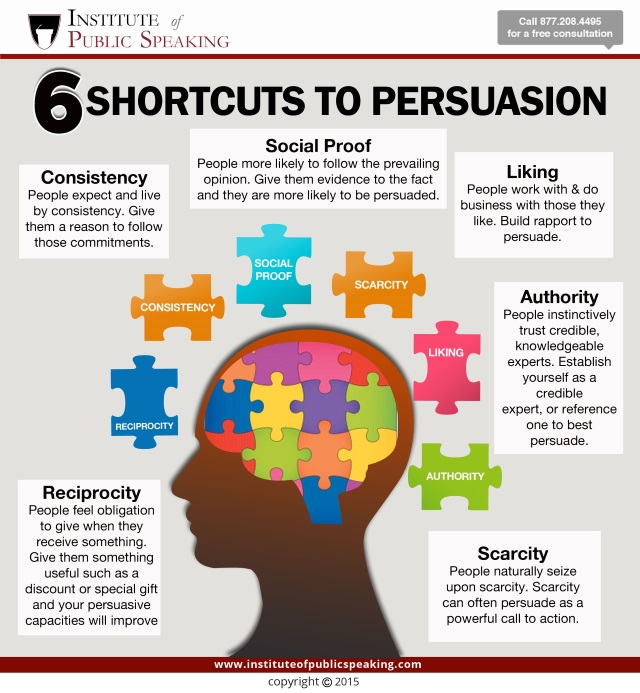
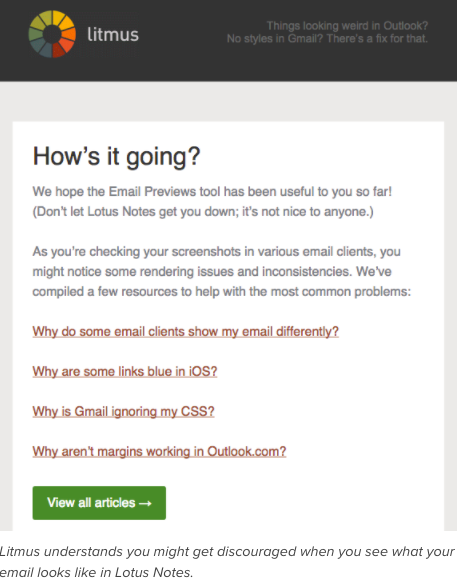
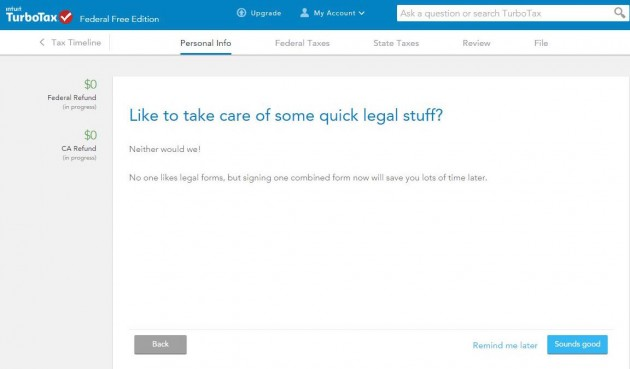
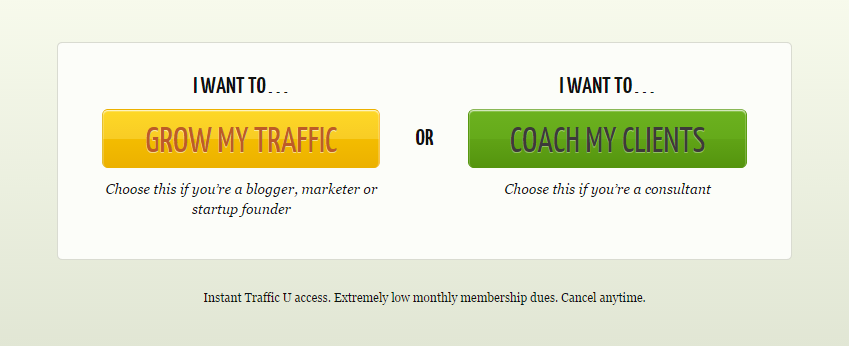


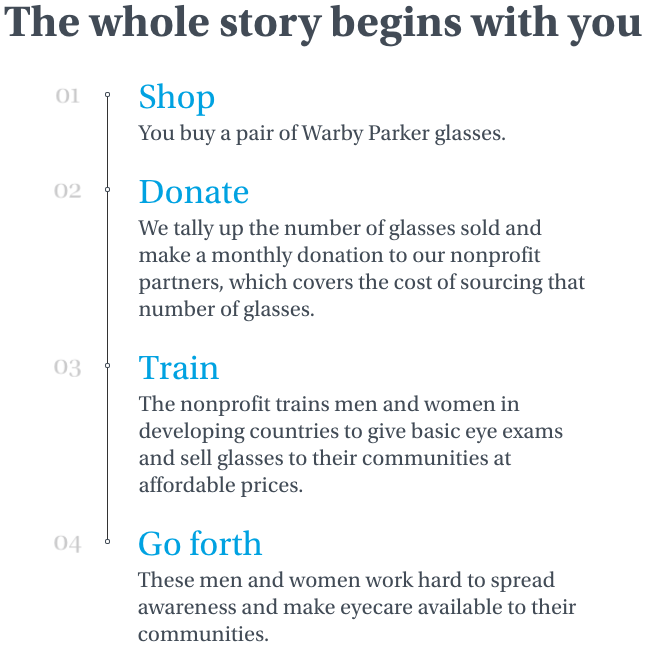
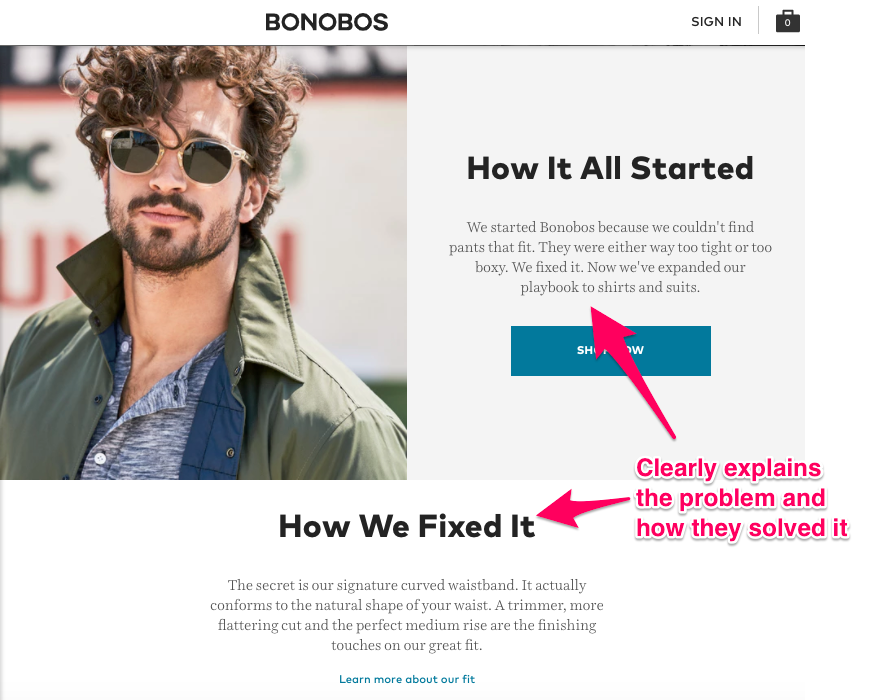
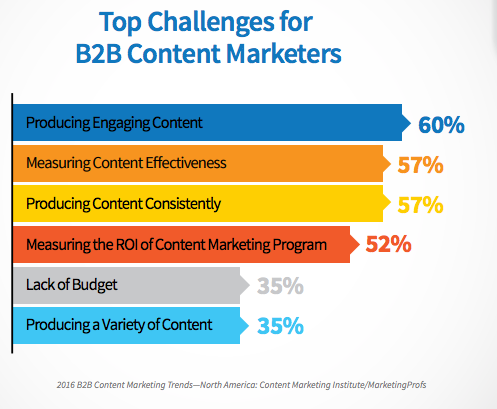
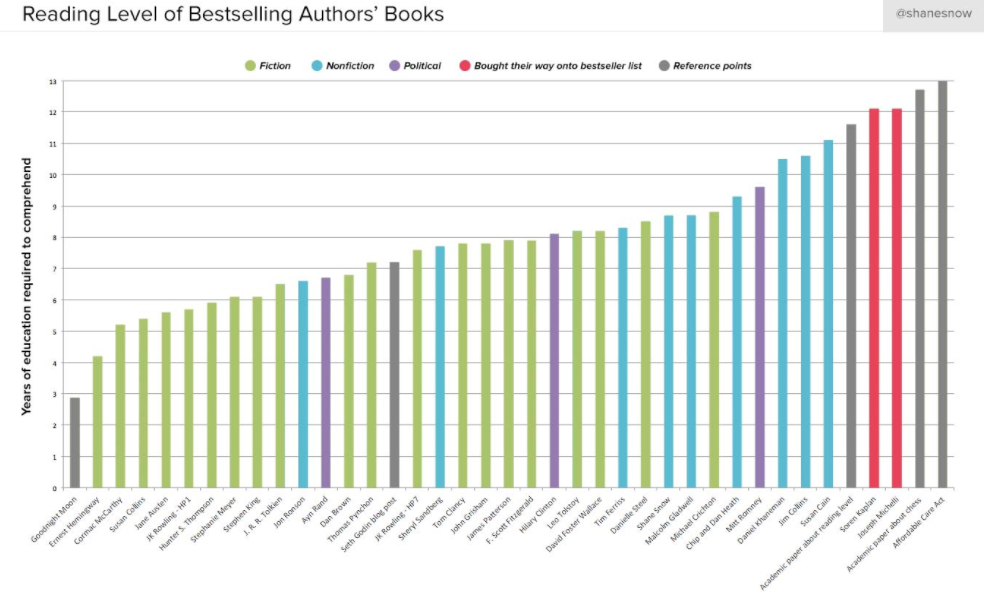
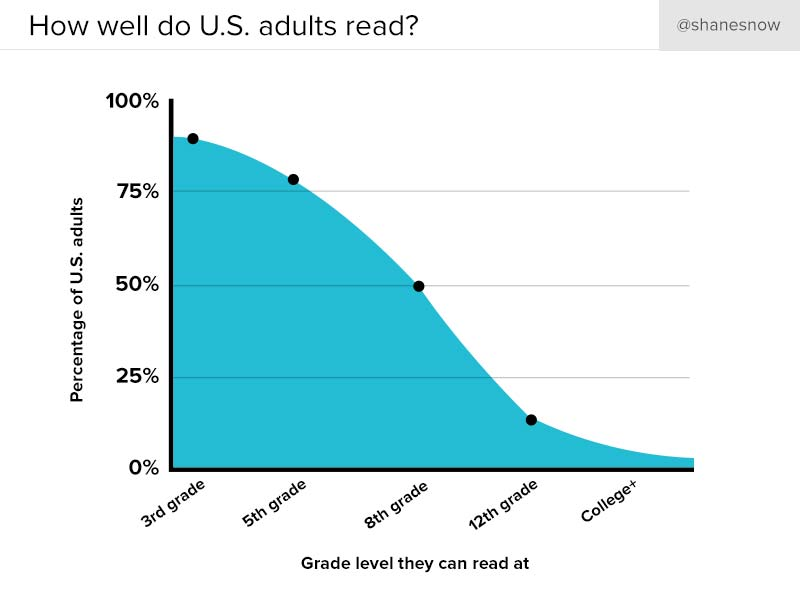
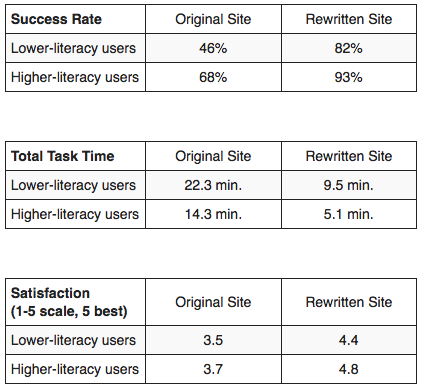
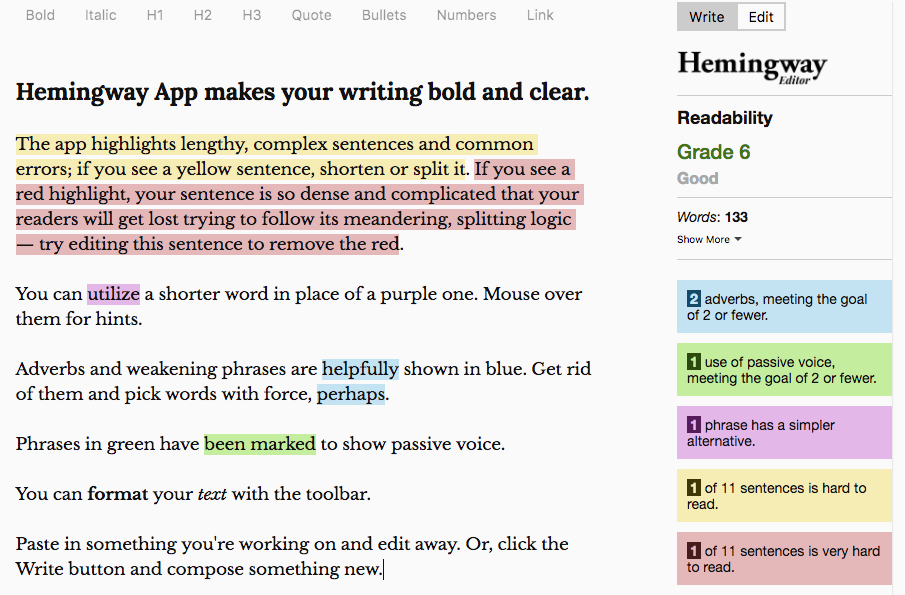

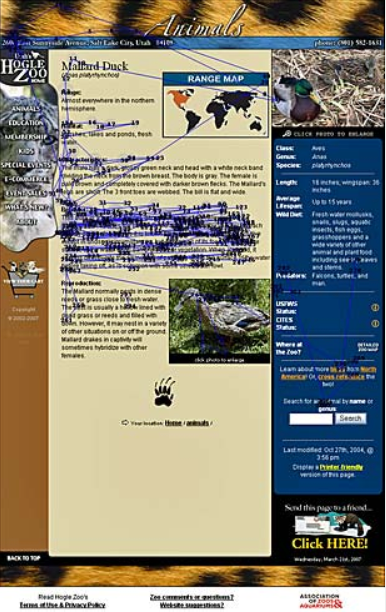
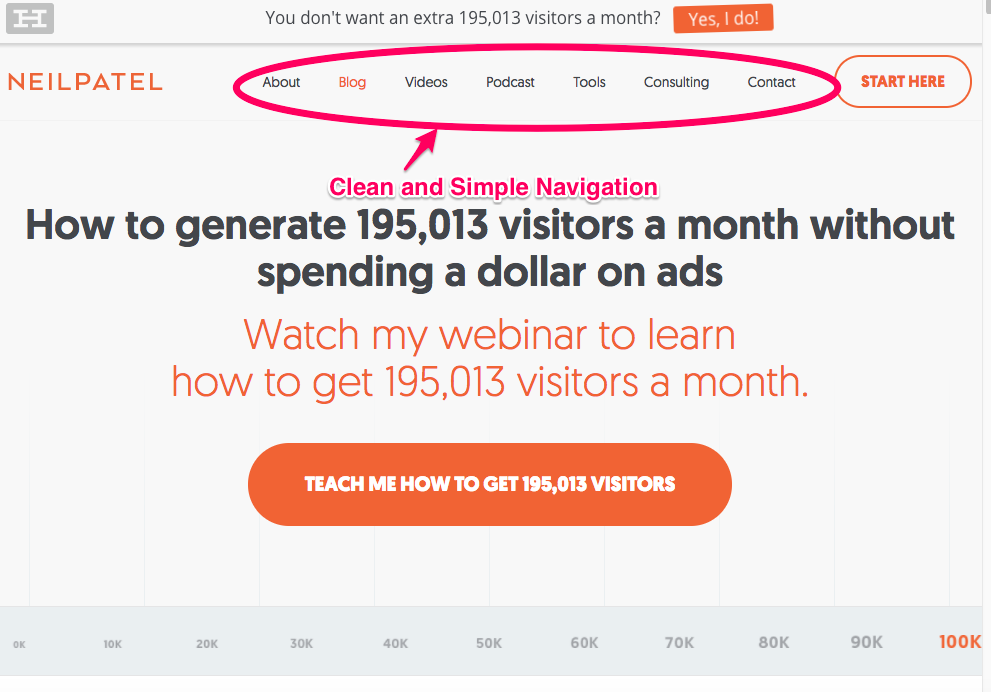
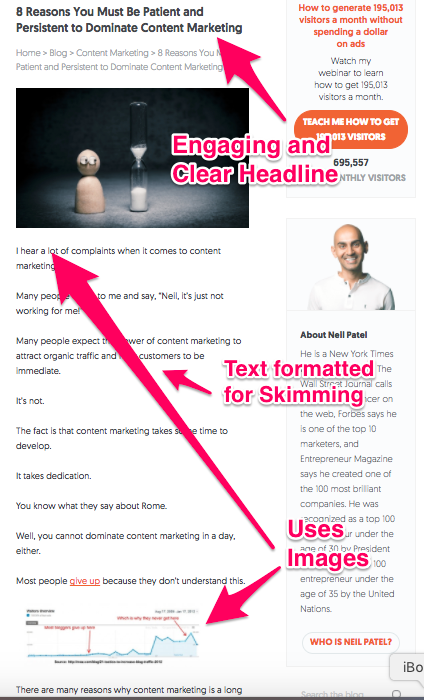
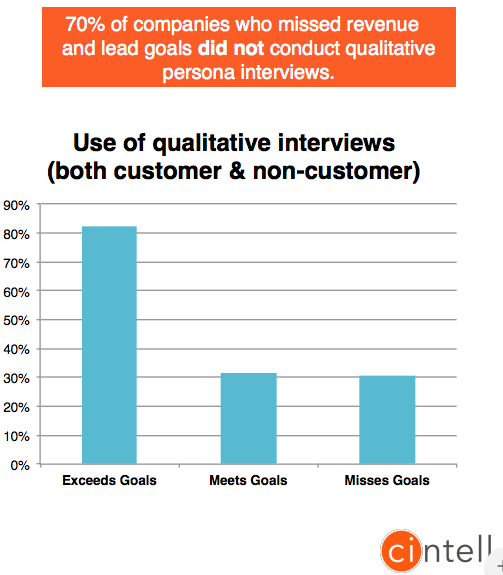
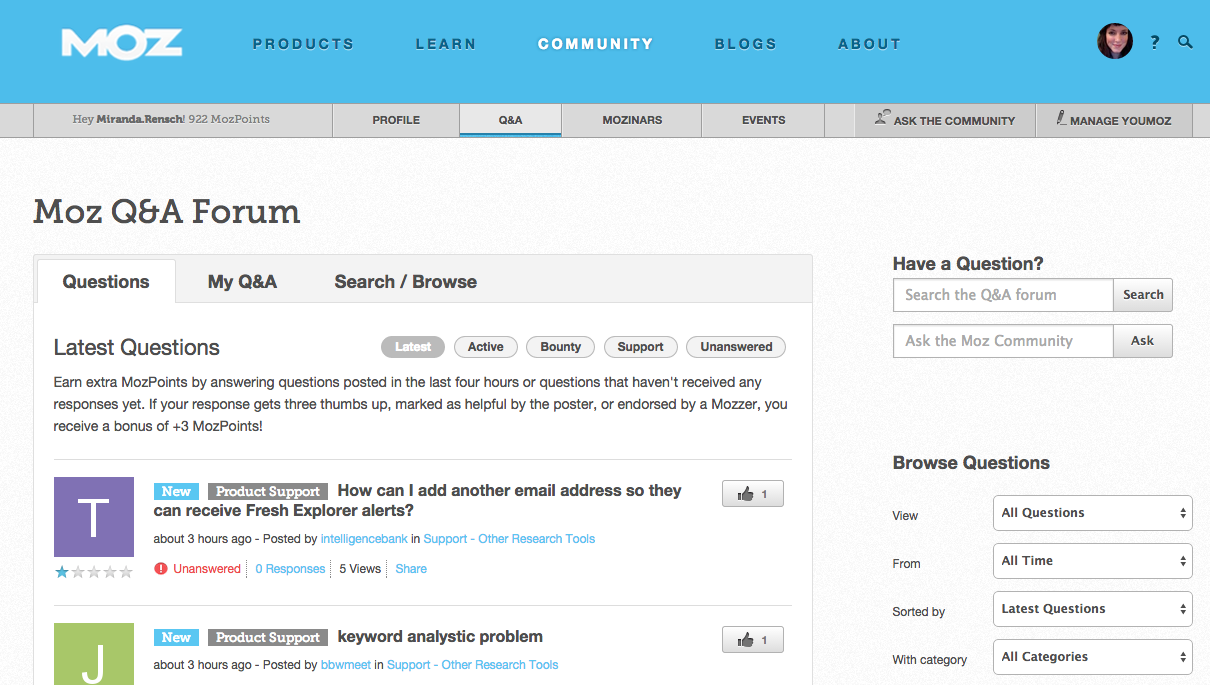
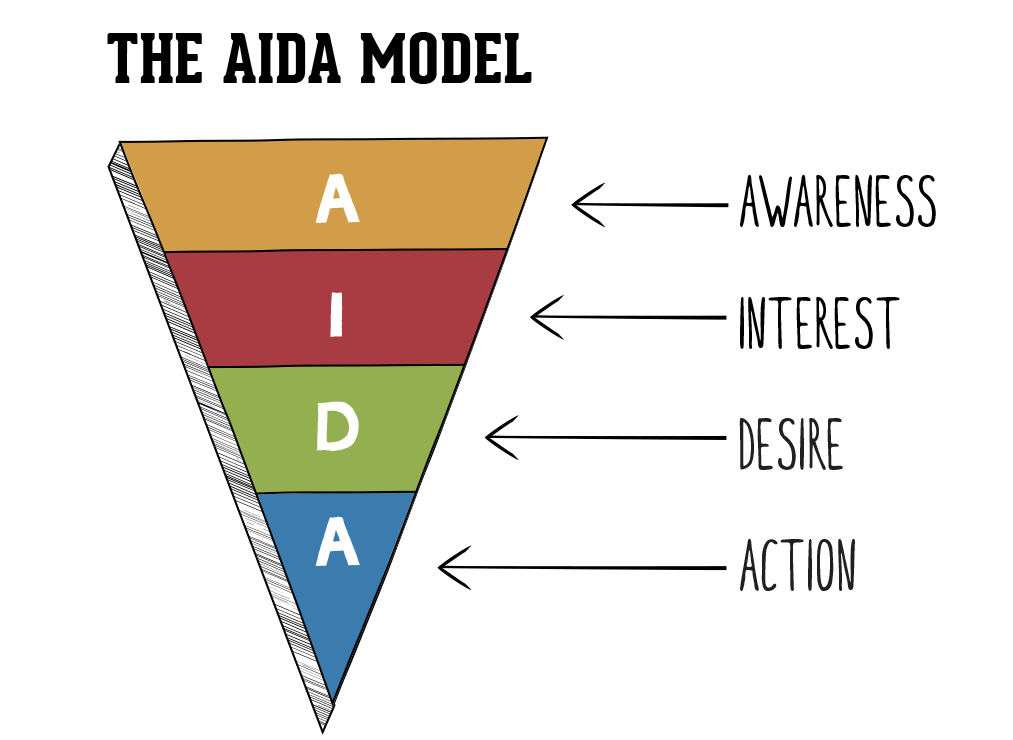
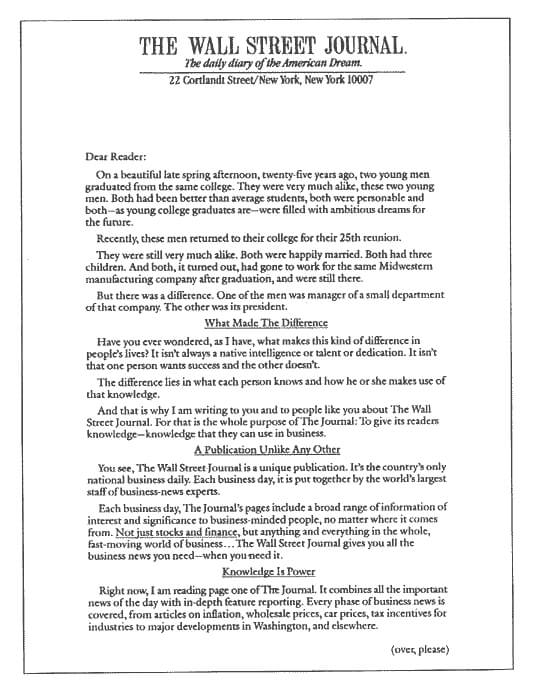

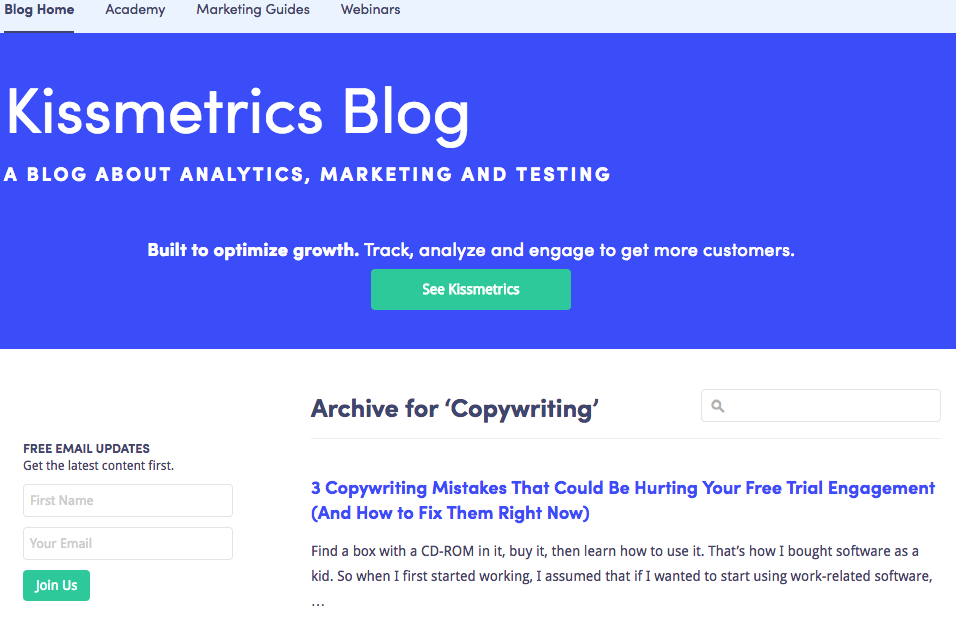

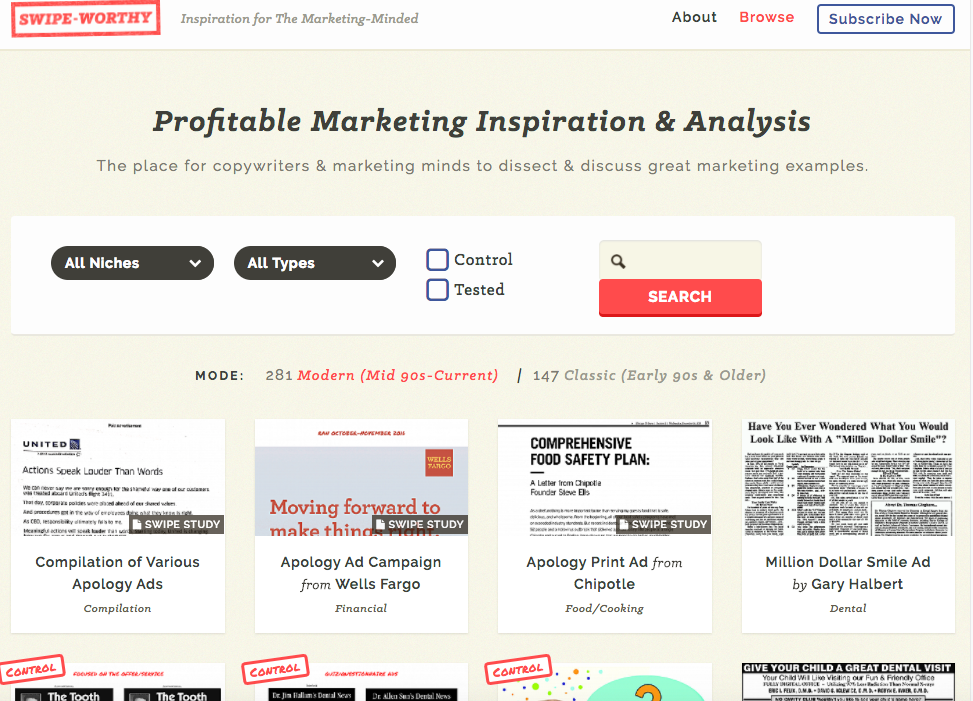
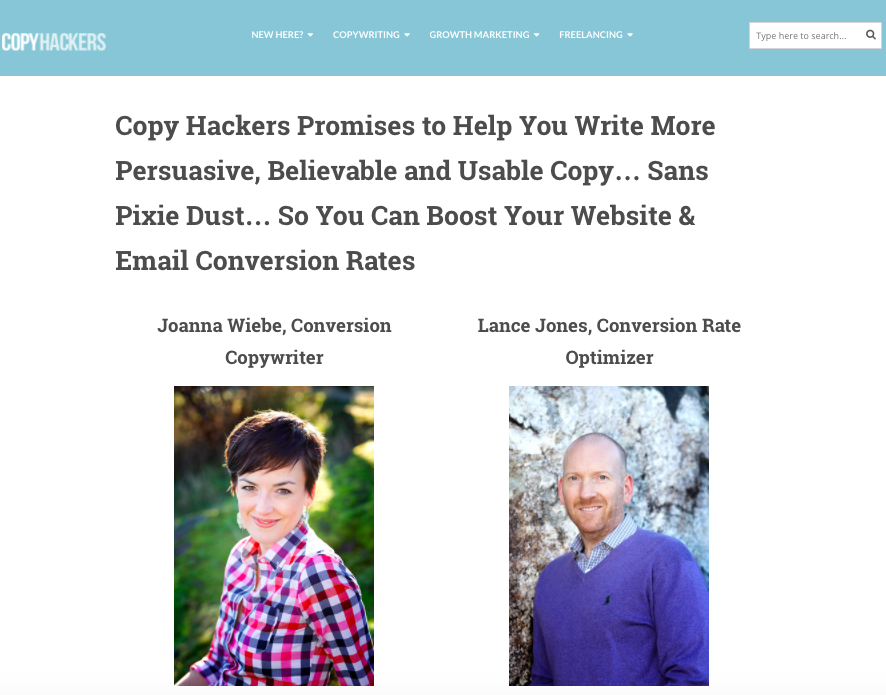
Comments (2)